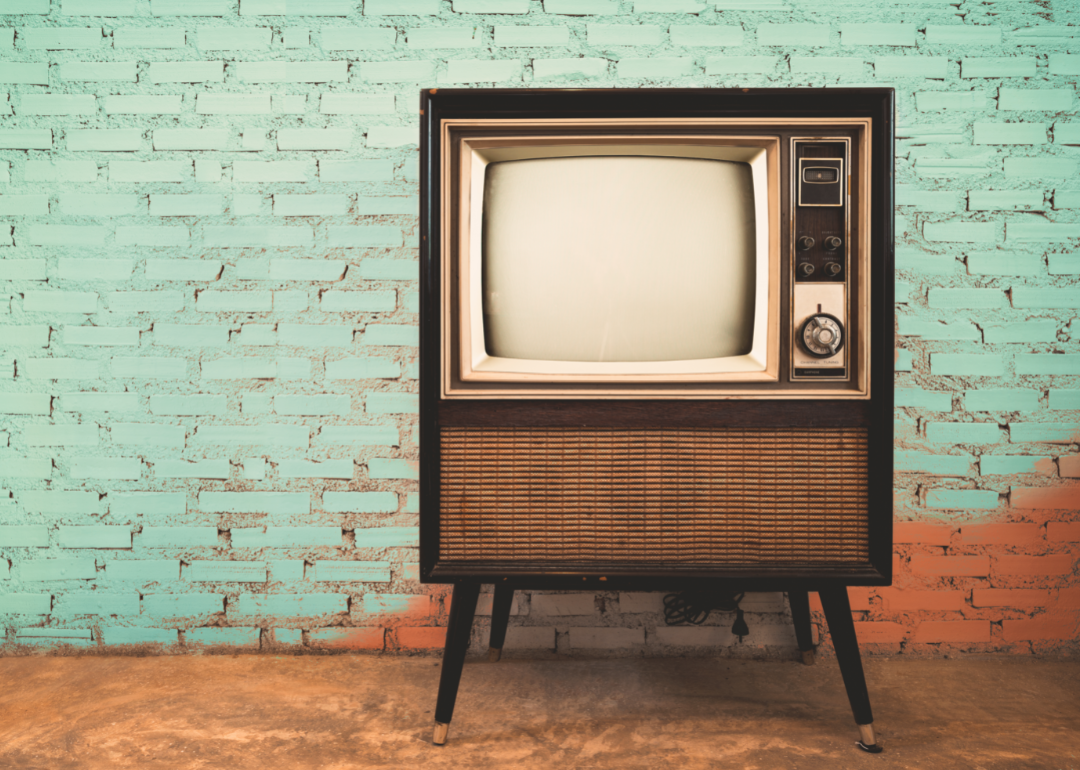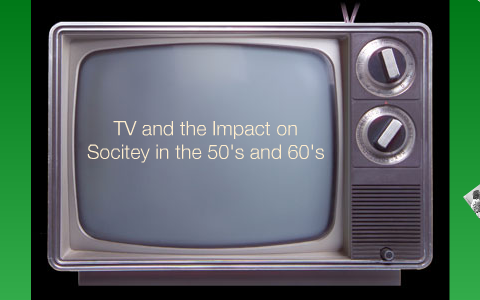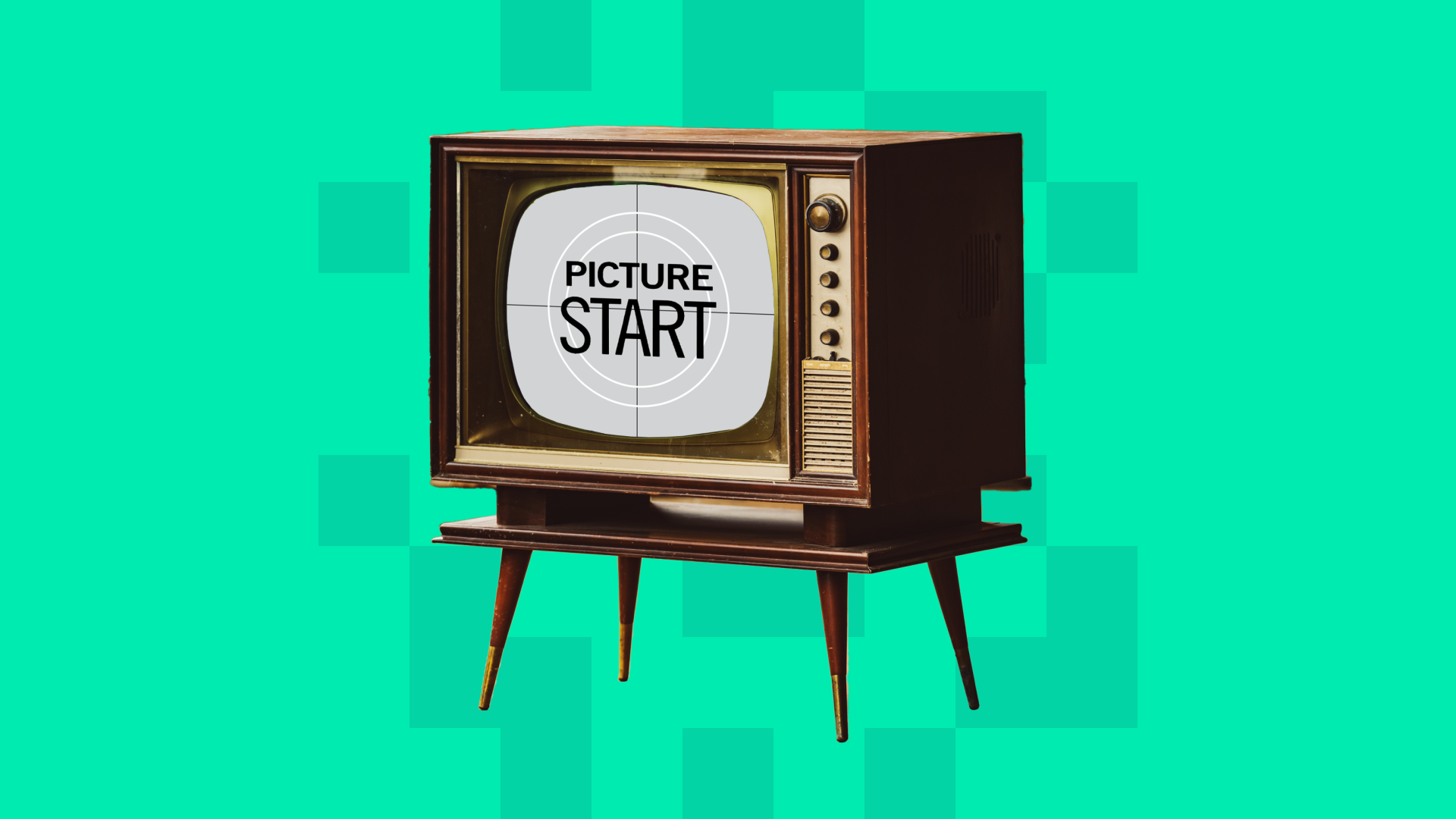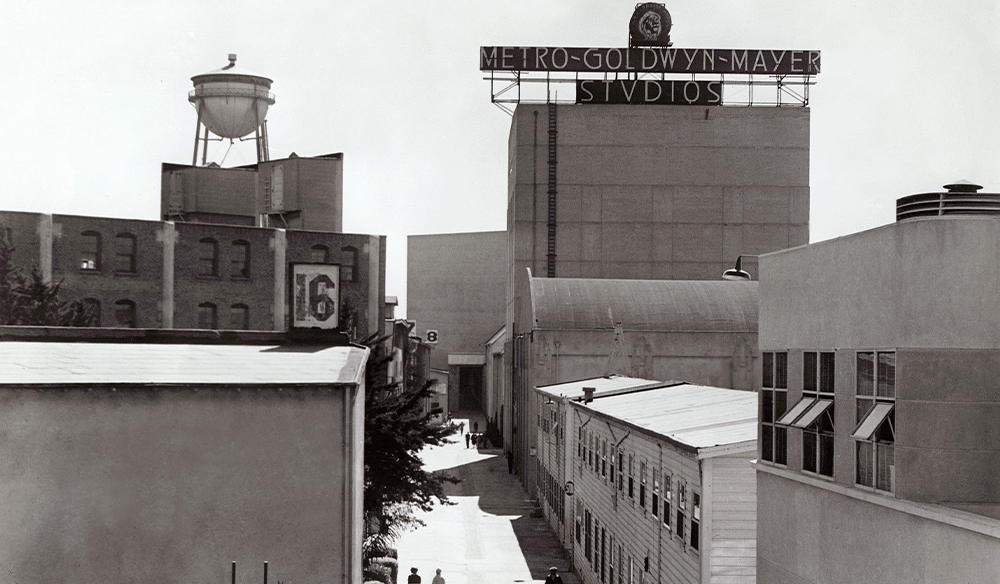Since its inception as an integral part of American life in the 1950s, television has both reflected and nurtured cultural mores and values. From the escapist dramas of the 1960s, which consciously avoided controversial issues and glossed over life’s harsher realities in favor of an idealized portrayal, to the copious reality TV shows in recent years, on which participants discuss even the
TV shows and the Impact on society in the 50’s – 60’s by Meleia M on Prezi Next
Aug 25, 2022Tools expand_more Help expand_more Get Help Feedback Readability x selected template will load here Error This action is not available. chrome_reader_mode Enter Reader Mode Search Expand/collapse global hierarchy Home Campus Bookshelves Orange Coast College The Introduction to Mass Communication Book 8: Television

Source Image: art-now-and-then.blogspot.com
Download Image
In the 1950s, the relatively new technology of television began to compete with motion pictures as a major form of popular entertainment. The postwar boom and popular culture In the aftermath of World War II, the United States emerged as the world’s leading industrial power.

Source Image: adage.com
Download Image
How did people view television in the 1950s? – Quora 1950s: TV and Radio. Television was introduced to Americans in 1939 and began to gain a foothold after World War II (1939-45). In the 1950s, the sale of TV sets and the boom in programming made TV America’s favorite source of entertainment. Consider the numbers: in 1946, 7,000 TV sets were sold; in 1948, 172,000 sets were sold; and in 1950, 5
Source Image: quora.com
Download Image
How Did Television Affect Society In The 1950s
1950s: TV and Radio. Television was introduced to Americans in 1939 and began to gain a foothold after World War II (1939-45). In the 1950s, the sale of TV sets and the boom in programming made TV America’s favorite source of entertainment. Consider the numbers: in 1946, 7,000 TV sets were sold; in 1948, 172,000 sets were sold; and in 1950, 5 The late 1960s and early ’70s: the relevance movement. After the introduction of television to the public in the 1940s, a distinct dichotomy emerged between entertainment programming (which made up the bulk of the most popular shows) and news, documentary, and other less-common nonfiction shows. Throughout the 1950s, for example, stories concerning the Cold War and the emerging civil rights
How did people view television in the 1950s? – Quora
Television’s Impact on American Society and Culture Television’s Impact on American Society and Culture views 2,000,687 updated 10 Television’s Impact on American Society and Culture TV is a constant presence in most Americans’ lives. Best Western TV Shows of the ’50s | Stacker

Source Image: stacker.com
Download Image
The Ultimate Guide to TV Ads Television’s Impact on American Society and Culture Television’s Impact on American Society and Culture views 2,000,687 updated 10 Television’s Impact on American Society and Culture TV is a constant presence in most Americans’ lives.

Source Image: blog.hubspot.com
Download Image
TV shows and the Impact on society in the 50’s – 60’s by Meleia M on Prezi Next Since its inception as an integral part of American life in the 1950s, television has both reflected and nurtured cultural mores and values. From the escapist dramas of the 1960s, which consciously avoided controversial issues and glossed over life’s harsher realities in favor of an idealized portrayal, to the copious reality TV shows in recent years, on which participants discuss even the

Source Image: prezi.com
Download Image
How did people view television in the 1950s? – Quora In the 1950s, the relatively new technology of television began to compete with motion pictures as a major form of popular entertainment. The postwar boom and popular culture In the aftermath of World War II, the United States emerged as the world’s leading industrial power.
Source Image: quora.com
Download Image
A Brief History of TV Advertising – Madhive May 6, 2022Production values for adverts had yet to reach their zenith in the 1950s. After an introduction showing the cultural impact of TV in early-50s America there’s a basic intro to a cathode-ray tube

Source Image: madhive.com
Download Image
How did people view television in the 1950s? – Quora 1950s: TV and Radio. Television was introduced to Americans in 1939 and began to gain a foothold after World War II (1939-45). In the 1950s, the sale of TV sets and the boom in programming made TV America’s favorite source of entertainment. Consider the numbers: in 1946, 7,000 TV sets were sold; in 1948, 172,000 sets were sold; and in 1950, 5
Source Image: quora.com
Download Image
The Golden Age of Hollywood: Its Rise, Decline, and Legacy – The Beat: A Blog by PremiumBeat The late 1960s and early ’70s: the relevance movement. After the introduction of television to the public in the 1940s, a distinct dichotomy emerged between entertainment programming (which made up the bulk of the most popular shows) and news, documentary, and other less-common nonfiction shows. Throughout the 1950s, for example, stories concerning the Cold War and the emerging civil rights

Source Image: premiumbeat.com
Download Image
The Ultimate Guide to TV Ads
The Golden Age of Hollywood: Its Rise, Decline, and Legacy – The Beat: A Blog by PremiumBeat Aug 25, 2022Tools expand_more Help expand_more Get Help Feedback Readability x selected template will load here Error This action is not available. chrome_reader_mode Enter Reader Mode Search Expand/collapse global hierarchy Home Campus Bookshelves Orange Coast College The Introduction to Mass Communication Book 8: Television
How did people view television in the 1950s? – Quora How did people view television in the 1950s? – Quora May 6, 2022Production values for adverts had yet to reach their zenith in the 1950s. After an introduction showing the cultural impact of TV in early-50s America there’s a basic intro to a cathode-ray tube